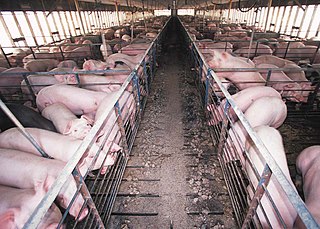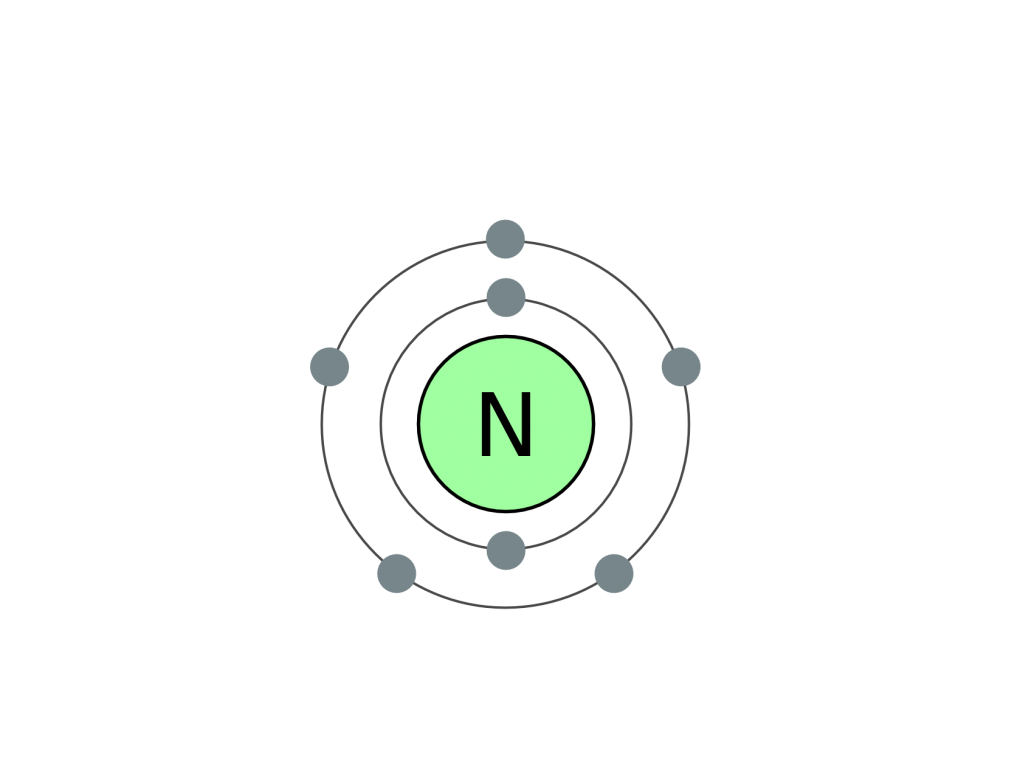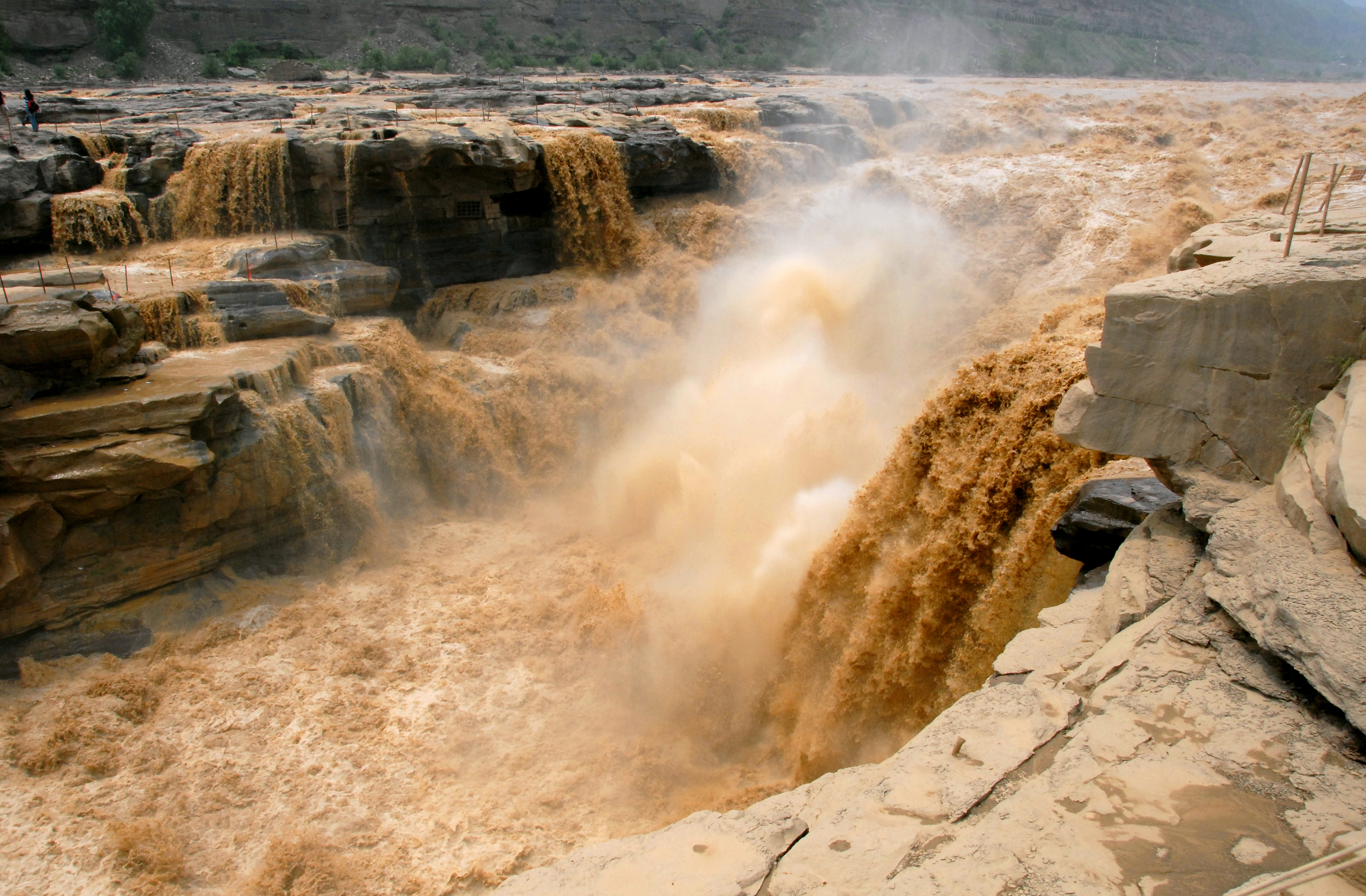Gender inequalities likewise exist in all parts of the food system. They’re especially noticeable in the status of women as workers, producers, and family members. In many societies women are (compared with men) paid less, own and control less land, and receive less money and food within than household (regardless of their own contributions towards the household).
This can be attributed to (or called) patriarchy. Patriarchy is hard to sum up succinctly. Patriarchy, like racism, is a social force that simultaneously shapes and is shaped by unequal power relationships, in this case between genders. [1] Under patriarchy, women are “weak” and men are “strong”. Homosexuality is a threat to gender norms. In the same way that in white supremacist society, white is “normal”—the de facto assumed position—and other ethnicities are “different”, in patriarchy, man is normal; women are “different”.
The next time you read some media or other writing about farming, note how common it is to refer to farmers as “he” or to assume their maleness, when globally, women perform much agricultural work (43% according to the FAO). Women are also generally undercounted as farmers as a result of existing gender inequalities: while men “farm”, reports to census officials are that the women merely “help”. [It is true that in the USA farms typically have men as the “principal operator”, which is another example of the entrenchment of patriarchy in our society.]
As workers, women are exploited just like men are, but with extra harshness and less pay. In the fields of California (one of the world’s centers of agricultural production) and nationwide, women farm workers experience major sexual harassment by supervisors and bosses. Women are known to receive less pay for the same work in all work sectors, and food-related work is no exception. According to a 2016 study by the Food Chain Workers Alliance:
While both women and people of color are the lowest paid workers in the food system, gender is more significant than race in terms of its impact on low wages for agricultural, production, retail, and service work.
Around the world, women are the primary food producers, on both subsistence-oriented and market-oriented farms. It has become a well-accepted fact that the “feminization” of agriculture has important consequences, and that “an end to violence against women” is a key precondition to a more just farming system. While women do most of the work (food gathering, gardening, farming, cooking), they often receive less of the proceeds of their work, due to household-level patriarchy.
Household patriarchy, where men exert their authority and control over women within the household, has been shown to reduce food security for women. Anthropologist and political ecologist Bina Agarwal has studied farming communities in India for decades, and has seen how women are given food last within the household, are subject to domestic abuse, while men will sometimes buy booze and personal effects even though the family need money for food and other key necessities.
In the Minority world, women’s second class position is seen in the double standards regarding women’s roles in the home: neoliberal economic conditions [2] demand that women work long hours (and for less pay!), whether or not they form part of a nuclear family household. At the same time, they are expected to also be the primary providers of household labor: the shopping, cooking, and cleaning that keep the household going. This “reproductive” labor has been a point of contention for feminists for generations—and its overlaps with the food system make it a topic worthy of addressing in this blog.
In relation to the previous section’s historical note, we should recall that the displacement of indigenous people also led to consolidation of patriarchal ownership and patriarchal values. Many indigenous groups in the Americas did not hold typical patriarchal patterns of control and power, until the introduction of Christianity and colonialism. This can be seen in the loss of “two-spirit” tradition (a non-binary understanding of gender) amongst many tribes across North America. The near genocide of indigenous people also led to our patriarchal structure of farm ownership and management, where farms are overwhelmingly helmed by men—who are mostly white/European ancestry, and mostly old.
Gender inequalities and oppression based on gender are problems that obviously exist throughout society, just like racism and white supremacy. Within small-scale and family farming communities, gender issues are a major problem that cuts across geographic boundaries. For a truly just food system, gender needs to be addressed front and center.
[1] Gender is not as black and white (male and female) as patriarchy would have it: a lot of queer theory is about dismantling the simplistic notions of binary gender and sexuality that pervade modern thinking. Queer theory is beginning to be used in food studies a bit, and certainly we can learn a lot from transgendered biologists.
[2] That is, the declining real wage and constantly climbing cost of living, without the benefit of social programs supportive of families like paid maternity leave and government-funded childcare, which make it nearly impossible for most people to raise a family on a single income.




